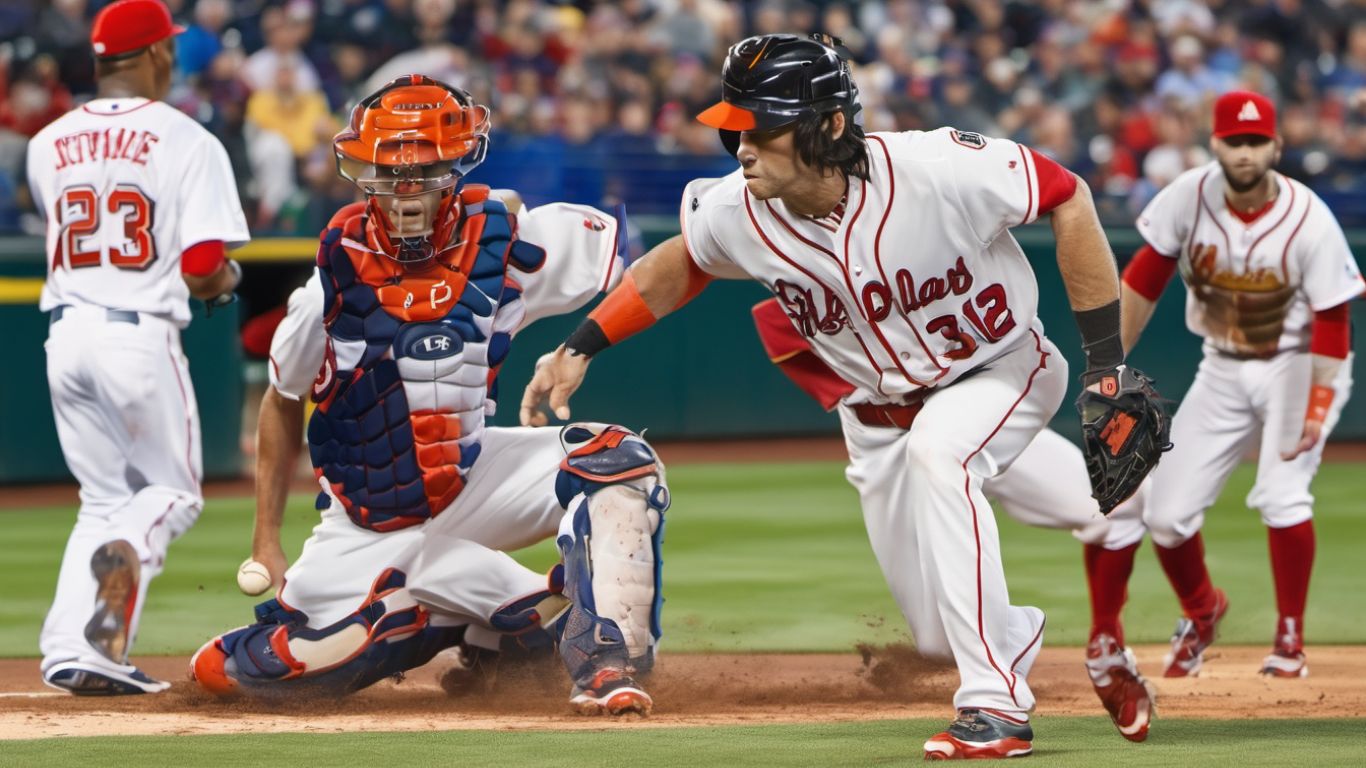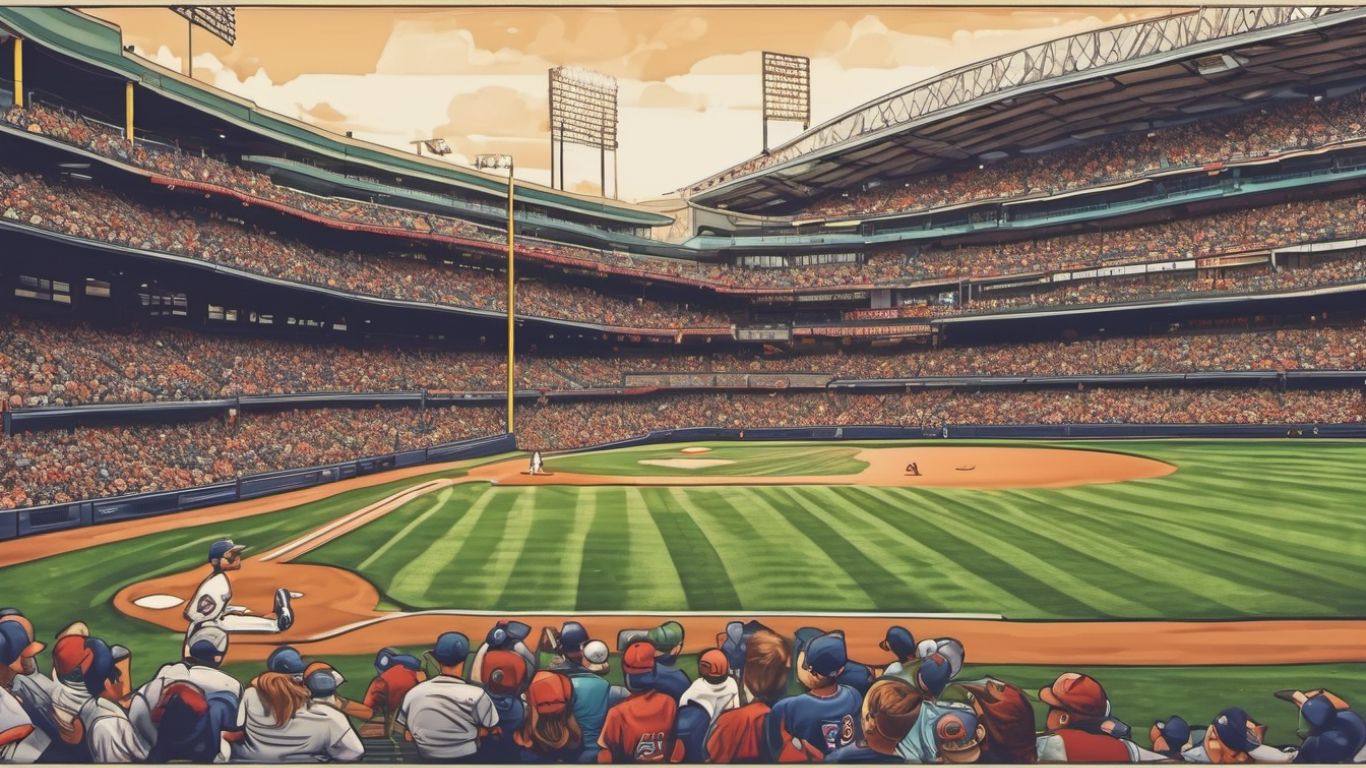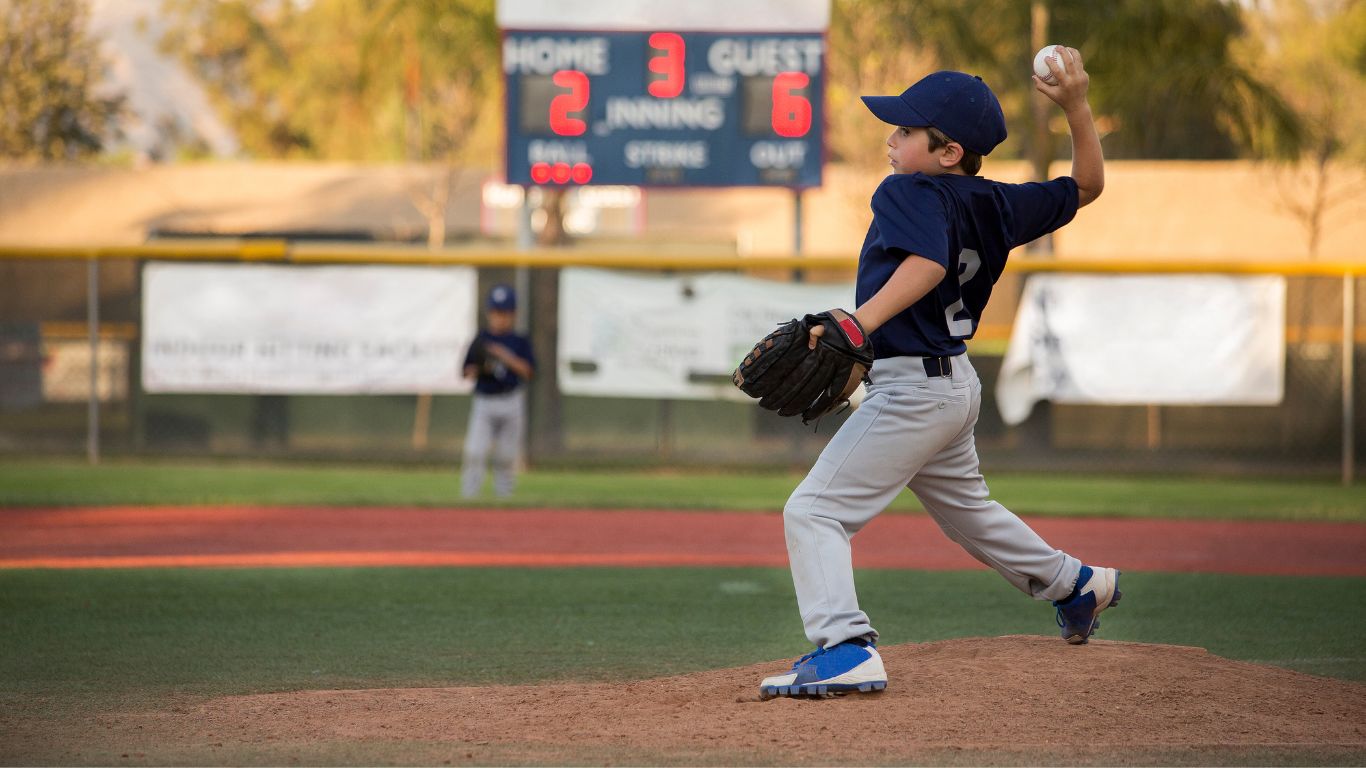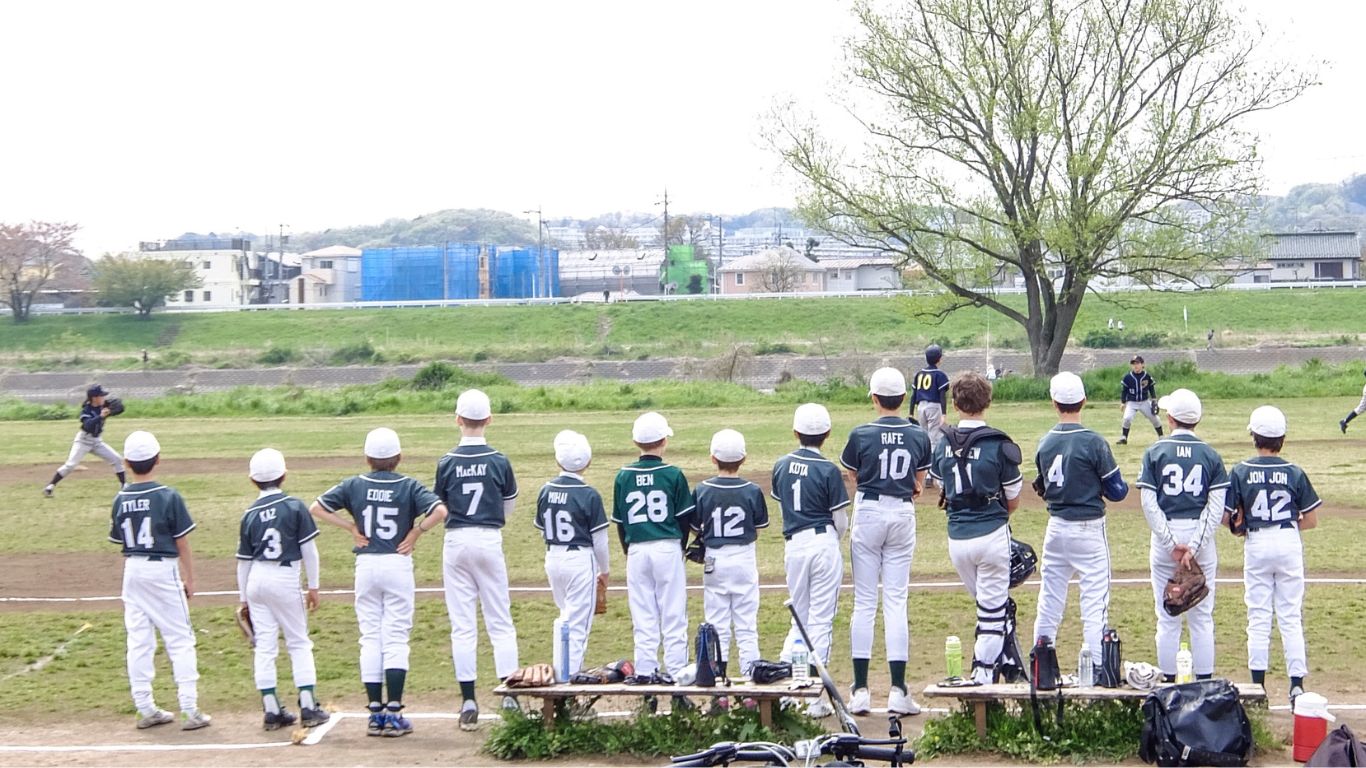The crack of the bat, the roar of the crowd, the thud of a fastball against a player’s body—every nuance of sound and action in baseball carries its own story, perhaps none more visceral than the dreaded “hit by pitch” (HBP). To dissect this aspect of the game is to understand a myriad of factors beyond the mere physical act of a thrown ball making contact with a batter’s body. From strategy and statistics to player safety and the psychology of the game, HBP is a microcosm of baseball’s complexity.
In the following exploration, we will break down what HBP means in baseball, why it matters, and how it affects the sport at various levels. Whether you’ve been a fan for decades, a player just starting, or someone simply looking to understand more about the game, this guide aims to provide a comprehensive look at an oft-misunderstood element of America’s pastime.

Understanding the Basics of Hit by Pitch
Simply put, a hit-by-pitch occurs when a pitched ball strikes a batter without swinging. The batter must attempt to avoid being hit for the play to be called an HBP. Unlike a batter being struck without an attempt to avoid the hit, which results in an awarded base, the HBP requires no other action by the batter and means the hitter is automatically awarded first base.
The Current Rules and Rationale
The rule itself is straightforward, yet the subtle nuances and context of when and how a player is hit can significantly impact the game. The official rule, as per the Major League Baseball (MLB) rulebook, is designed to protect the batter from potentially serious injury while ensuring the pitcher maintains control and defensive integrity. There’s an art to pitching inside the strike zone—brushing back the batter or throwing tight, strategic pitches that can intimidate or entice—each with its own risk and reward for both pitcher and batter.
Historical Context and Evolution of the HBP Rule
Throughout the history of baseball, the rules and interpretations around the HBP have evolved, often reflecting the era’s particular style of play. There was a time when batters had less protective equipment, and a high-and-tight pitch was a much more significant threat. This evolution has resulted in a game where intent to harm the batter can be reviewed and punished, a protective measure for modern players that wasn’t always guaranteed.

Statistics and Strategies Related to HBP
Statistics and strategies in baseball are inextricably linked, and HBP is no exception. From the game’s legendary “beanball wars” to the rise of sabermetrics, the data around HBP offers deep insights into player performance, team tactics, and the very nature of competition in baseball.
HBP as a Statistic
Within a player’s stats, HBP is recorded, often alongside other hit records under “times on base.” Few predictably reach a status like Hank Aaron, who holds the record for most times being hit by a pitch (293). Statistics help managers and players alike analyze not only how often a hitter gets on base through these situations but also the patterns surrounding the events. They can inform strategic play-calling and the development of a hitter’s approach.
The Psychological Impact of HBP
More than just a statistic, HBP can have profound psychological effects on the player. For some, it’s a mere annoyance, an absorbed bruise as they jog to first base. For others, it’s a sign of disrespect or intent that can incite a game-wide response. The psychological toll of being hit by a pitch—the much-publicized incidents between pitchers and batters, for example—may not always be easily quantified. Still, its effects can ripple through a game and season.
Tactical Implications from HBP
Understanding the nuances of when and how to pitch a batter inside can influence the outcome of a game. Some pitches can be seen as retaliation for a teammate being hit, while others are strategic moves aimed at unsettling a batter’s rhythm or exploiting a weakness. Teams with a reputation for hitting batters may find themselves on the receiving end of more tight pitches, while such a strategy can also backfire in the form of extra base runners.
Safety Concerns and the Controversy Surrounding HBP
The issue of safety in baseball is a constant conversation, and HBP is a central point of contention. With pitches regularly reaching speeds upwards of 90 miles per hour, the potential for injury is a genuine and present danger.
Protective Gear and Injury Prevention
In response to the risks involved, players have adopted increasingly advanced protective gear, from helmets to padding, to help mitigate the impact of being hit. While these advancements have undoubtedly reduced the severity of injuries, the possibility of a thrown ball, aided by both speed and gravity, still poses a threat to player safety.
The ‘Unwritten Rules’ and Etiquette
There’s a subset of the game known as the “unwritten rules,” where expectations of conduct exist without being explicitly written in the guidebooks. They cover a wide range of behaviours, including HBP. The controversial nature of some situations, where pitches are thrown inside with questionable intent, has led to ongoing debates about etiquette and the line between competitive edge and unsportsmanlike conduct.
League Response and Player Discipline
Modern baseball leagues are quick to review instances of suspected HBP with malicious intent, and player discipline, including ejections and suspensions, is not uncommon. This vigilance is part of a more significant effort to keep players safe and to foster an environment where competition happens within the confines of the rules and with respect for the game.
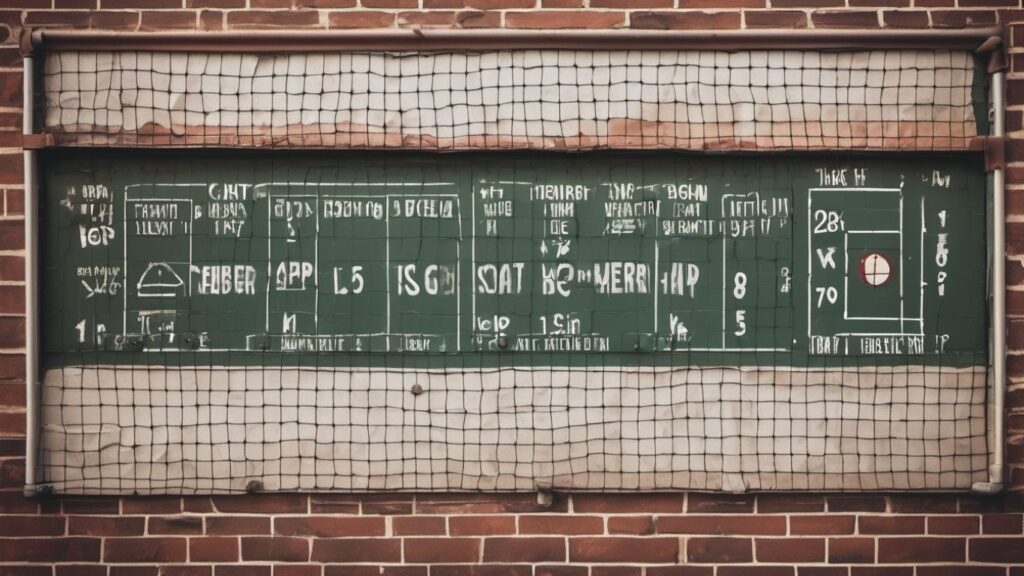
HBP Beyond the Game Itself
The effects of HBP don’t end with the game’s final out. They can influence player contracts, team investment, and even fans’ relationships with the sport. From a business perspective, an injury from HBP can impact not only a player’s abilities but also their longevity in the league. The broader impact of HBP on the industry contributes to the ongoing conversation around player health and welfare.
HBP and the Development of Youth Players
For youth players just starting in the sport, learning to pitch and bat comes with an array of challenges. Training sessions focus on skill development, but they also emphasize safety and sportsmanship. Coaches and mentors play a crucial role in instilling good practices and the proper approach to each aspect of the game, HBP included.
The Media’s Role in Perpetuating or Mitigating HBP Incidents
Media coverage of HBP incidents can sometimes sensationalize the act, focusing on the confrontation rather than the context or player recovery. How the media chooses to portray HBP events has an impact on the public’s perception and the narrative around safety and responsibility within the sport.
Social Fan Dynamics and HBP
For fans, witnessing HBP can evoke a range of emotions, from concern for the player to support for the team’s position. The fan dynamic surrounding HBP can also influence the overall atmosphere and culture of a game, particularly when an HBP sparks a turning point in the game’s momentum or ignites a rivalry.
Frequently Asked Questions
1. What does HBP stand for in baseball?
– HBP stands for Hit By Pitch.
2. Is getting hit by a pitch considered a hit in baseball statistics?
– No, getting hit by a pitch is not considered a hit in baseball statistics.
3. How does a player get credited with an HBP?
– A player is credited with an HBP when they are struck by a pitched ball thrown by the pitcher.
4. Does being hit by a pitch count as a walk or a hit in baseball?
– Being hit by a pitch does not count as either a walk or a hit in baseball.
5. Can you score runs from being hit by a pitch in baseball?
– Yes, if the bases are loaded and the pitch hits the batter, they will be awarded an RBI (Run Batted In).
6. Does being hit by a pitch have any consequences for the pitcher in baseball?
– If it is determined that the pitcher intentionally hit the batter, they may face ejection from the game and potential disciplinary action from the league.
7. Are there any rules regarding where on the body a pitcher can aim when throwing at a batter?
– Pitchers are expected to avoid intentionally hitting batters above the shoulders to prevent serious injury.
8. How common is it for players to be hit by pitches in professional baseball games?
– The frequency of players being hit by pitches varies, but it is not uncommon for batters to be hit during games due to various factors like pitching control and game situations.
Conclusion
Hit by pitch is more than just a player getting hit by a ball; it’s a multifaceted matter in baseball. The very essence of physical risk versus strategic advantage is encapsulated in this deceptively simple play. From the game’s rules to player safety, from psychological impacts to statistical analysis, HBP holds significance that extends far beyond its immediate and visceral appearance on the field.
Understanding the intricacies of HBP enhances baseball enthusiasts’ appreciation for the game’s depth and complexity. With every pitch, swing, and play that unfolds, HBP remains a critical component woven into the very fabric of the sport.





